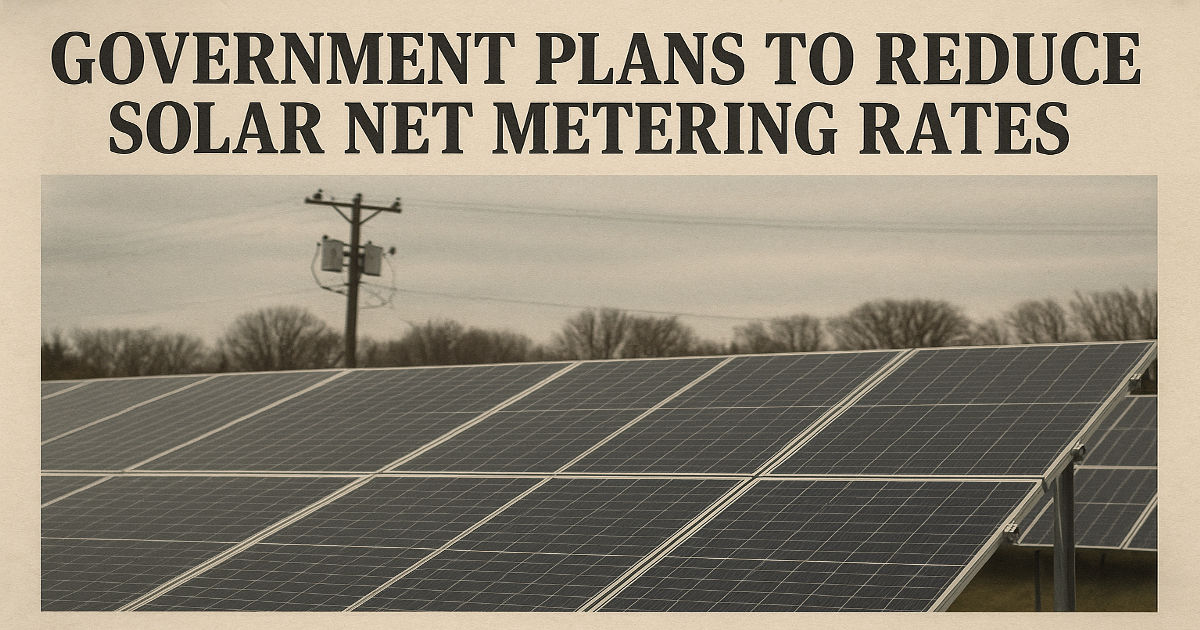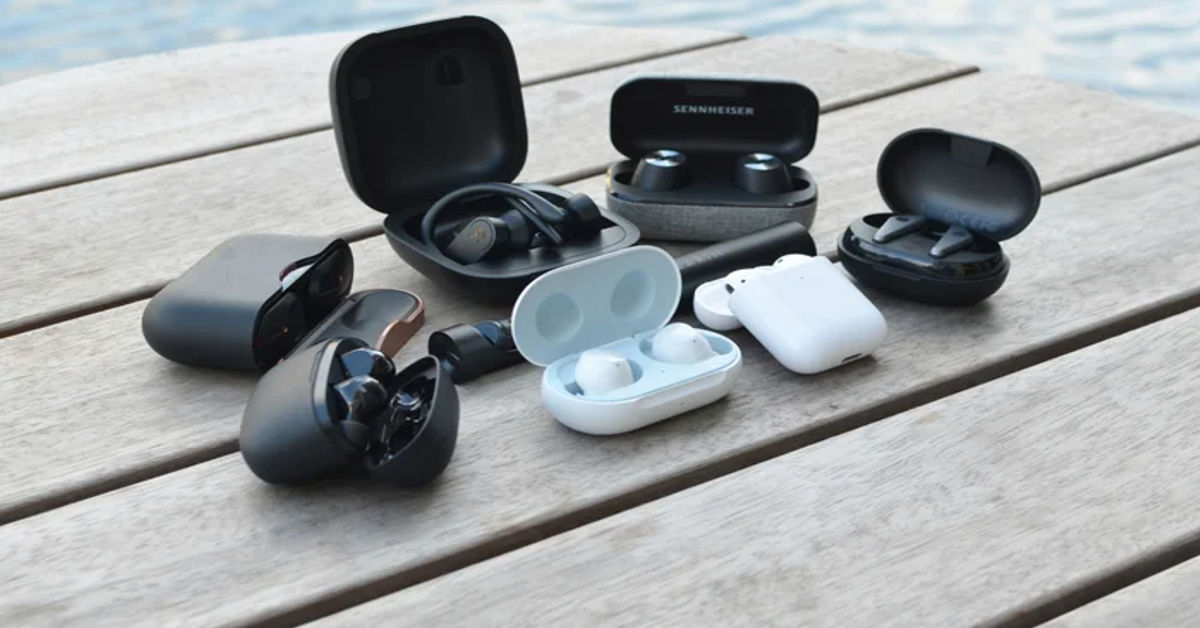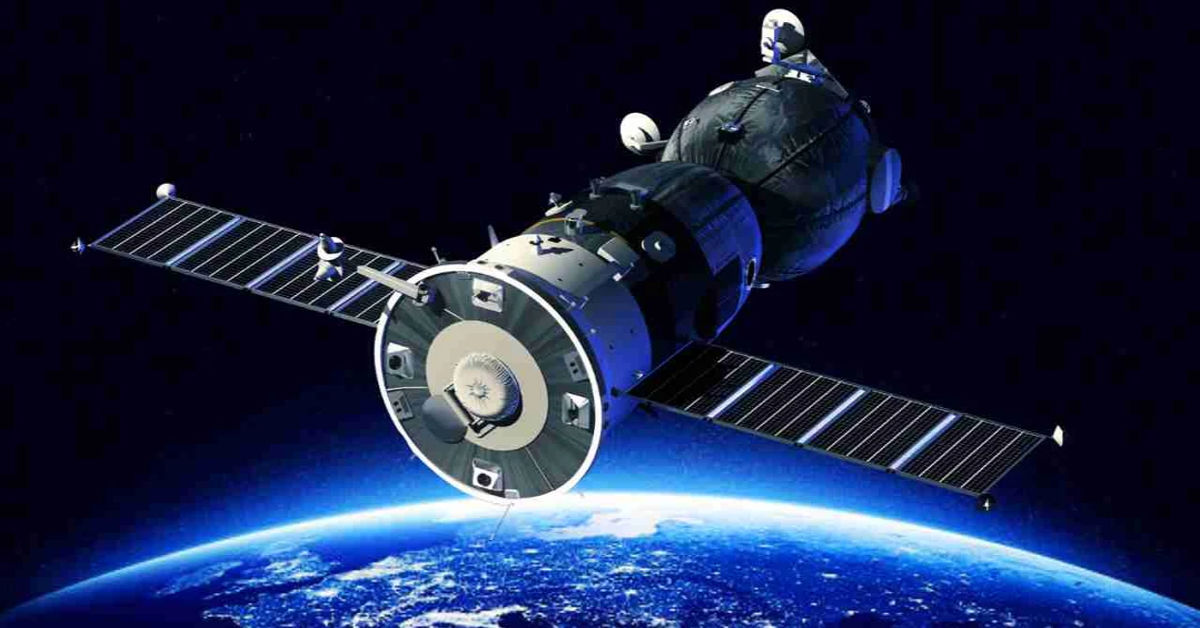
Running out of hot water is a frustrating start to any day. What if you could heat your water reliably while lowering your energy bills and your carbon footprint? A solar water heater does exactly that, using the free, renewable energy from the sun. This technology is a practical way to make your home more sustainable and save money over time.
This guide walks you through everything you need to know. First, it explains how these systems work, then outlines the different types available, and finally highlights the benefits you can expect. So, let’s start your journey toward cleaner, more affordable hot water.
What Is a Solar Water Heater?
A solar water heater, also known as a solar thermal system, is a device that uses sunlight to heat water for domestic use. Unlike solar panels that generate electricity (photovoltaics), these systems directly capture thermal energy from the sun. Think of it like a garden hose left out in the sun the water inside gets warm. A solar water heater applies this same simple principle with much more efficiency.
These systems are designed to preheat water that then flows into your conventional water heater. By doing the initial heating, the solar unit drastically reduces the amount of gas or electricity your main heater needs to consume. This makes it an excellent addition to any home looking to embrace renewable energy.
How Does a Solar Water Heater Work?
Understanding how a solar water heater functions is straightforward. Most systems consist of a few key components working together to capture and transfer the sun’s heat.
- Solar Collectors: These are the panels that sit on your roof. Their job is to absorb solar energy. Inside the collector, a fluid (either water or a special heat-transfer fluid like glycol antifreeze) is heated by the sun’s rays.
- Insulated Storage Tank: The heated fluid is moved to a well-insulated storage tank. The tank features a high R-value to minimize heat loss, keeping your water hot for hours, even overnight or on cloudy days. A heat exchanger inside the tank transfers the warmth from the collector fluid to your home’s water supply without mixing the two.
- Circulation System: This part moves the fluid between the collectors and the storage tank. Some systems use a small pump for this, while others rely on natural convection.
- Controller: In active systems, an electronic controller monitors the temperature of the collector and the tank. It turns the pump on only when the collector is hotter than the tank, ensuring maximum efficiency and preventing heat loss.
What Are the Different Types of Systems?
Solar water heaters come in several designs, each suited for different climates and household needs. They are broadly categorized as either active or passive.
Active systems use pumps to circulate the heating fluid. They are more efficient but also more complex. Passive systems have no mechanical parts and rely on gravity or natural convection, making them simpler and often more reliable, though slightly less efficient.
The main types of collectors include:
- Flat-Plate Collectors: These are the most common type. They consist of an insulated, weatherproof box containing a dark absorber plate under a glass or plastic cover. They are durable and work well in most climates.
- Evacuated Tube Collectors: These systems use a series of glass tubes with a vacuum layer for insulation, much like a thermos. They are more efficient, especially in colder or overcast conditions, but can be more fragile than flat-plate collectors.
- Integral Collector-Storage (ICS) Systems: Also known as “batch” heaters, these simple passive systems combine the collector and storage tank into one unit. They are great for climates that rarely experience freezing temperatures.
Benefits of Installing
Investing in a solar thermal system offers significant advantages for both your wallet and the planet.
One of the biggest draws is the potential for substantial energy savings. Since heating water is a major household energy expense, using the sun can cut your water heating bills by 50% to 80%. This leads to a smaller carbon footprint by reducing reliance on fossil fuels.
Many governments also offer incentives to go solar. Look for federal tax credits, state rebates, and local programs that can make your investment even more affordable. Getting an SRCC certification on your system often qualifies you for these benefits.
Understanding Costs and Return on Investment
The initial cost of a solar water heater includes the equipment and professional installation. Prices can range from a few thousand to several thousand dollars, depending on the system’s size, type, and complexity. Don’t forget to factor in potential permit fees.
While the upfront cost is a consideration, the return on investment (ROI) is compelling. The payback period typically ranges from four to eight years, after which the hot water you generate is nearly free. Maintenance costs are generally low, often just involving an inspection every few years. An ENERGY STAR certified system can also add value to your home.
Sizing and Site Considerations
Proper planning is key to getting the most out of your system. You’ll want a professional to help you determine the right size based on your household’s hot water demand, measured in gallons per minute (GPM) flow rate.
Your location’s solar insolation, or the amount of sunlight it receives, is a critical factor. The collectors should be installed on a south-facing roof with a tilt angle that maximizes sun exposure throughout the year. Make sure the area is free from shade from trees or other buildings. You will also need a backup heater for cloudy days or periods of high demand.
Installation and Maintenance Best Practices
To ensure your system runs safely and efficiently for years, always hire a qualified installer. They will handle permits and ensure your system is set up correctly, including essential safety features.
Key maintenance steps include:
- Freeze Protection: In colder climates, systems like drainback systems or those using glycol antifreeze are necessary to prevent pipes from bursting.
- Overheat Protection: The system needs a way to manage excess heat during periods of low water use to prevent damage.
- Anode Rod Checks: Just like a conventional water heater, the anode rod in the storage tank should be checked every few years to prevent corrosion, especially in areas with hard water scaling.
Common Misconceptions and Troubleshooting
There are a few myths about solar water heaters that are worth clearing up. One is that they don’t work on cloudy days. While performance is best in full sun, modern systems can still absorb diffused light and provide hot water. Another concern is legionella risk, but a properly designed system that stores water above 140°F (60°C) eliminates this risk.
When troubleshooting common issues like no hot water or leaks, start by checking the controller settings, testing the pump function, and inspecting for visible damage. Service technicians can resolve most minor issues with a simple service call.
Conclusion
A solar water heater is a smart, practical investment that delivers long-term savings and environmental benefits. By using renewable energy from the sun, you can reduce your utility bills, decrease your home’s carbon footprint, and enjoy a reliable supply of hot water.
Ready to explore how a solar thermal system could work for your home? The next step is to consult with a certified local installer who can assess your property and provide a detailed quote. It’s a simple action that can lead to decades of clean energy savings.
Frequently Asked Questions (FAQs)
1. How long do solar water heaters last?
A well-maintained solar water heating system can last 20 years or more. The collectors are very durable, and the storage tanks have a similar lifespan to conventional water heaters.
2. What happens on cloudy days or at night?
In addition, solar water heaters are designed with insulated storage tanks that keep water hot for hours. For extended cloudy periods or high usage, your backup conventional water heater will automatically kick in to ensure you always have hot water.
3. Do solar water heaters require a lot of maintenance?
No, they are relatively low-maintenance. Experts recommend a professional inspection every 3–5 years to check the fluid levels, pumps, and anode rod. You should also periodically clean the collectors if they become very dirty.
4. Can I install a solar water heater myself?
While it might seem like a DIY project, professional installation is highly recommended. Installers have the expertise to handle plumbing, electrical work, and roofing safely. A certified installation is also often required to qualify for tax credits and rebates.
5. How is a solar water heater different from solar electric (PV) panels?
Solar water heaters (solar thermal) use the sun’s energy to directly heat water. Solar electric panels (photovoltaics or PV) convert sunlight into electricity, and you can use that electricity to power anything in your home, including an electric water heater. Thermal systems are generally more efficient for water heating specifically.












































